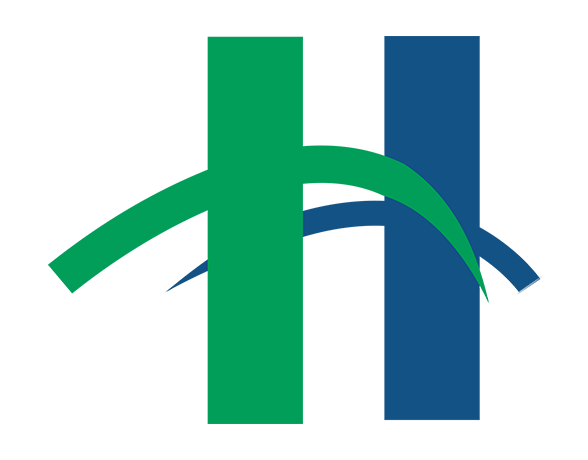More and more, we are getting our news and information from the internet and social media. It’s always on and always there. Using the internet to get news can be so simple. However, the internet is a place where anyone can make anything and that means there’s a lot of false information out there.
First of all, what is Fake News?
Fake news is information that is misrepresenting the facts, either through satire or sensationalism, to evoke an emotional reaction and encourage sharing.
Okay, but how does one spot such fake news?
The first step to spotting Fake News is to read carefully. This is your best weapon. A large amount of Fake News has some major red flags that are easy to spot with careful reading.
First, ask yourself the following questions while reading: Can the information be verified? Does the headline appeal to my emotions more than stating the facts? Who is the author? Does it link to a REAL website and news outlet?
News that is correct or current will have multiple sources. The major outlets will cover it and you will be able to compare their information.
Headlines that are written to make you feel something are normally a sign that the information isn’t coming from a reputable news organization.
Journalists will always be attributed to what they create. An article or link that has no clear author is probably not something worth reading.
Many Fake News websites will have URLs that look similar to the real thing but actually have extra words in the address.
Example:
BBC.com = Real
bbc.info.com = Fake site trying to impersonate the BBC
There are a few other major red flags that something is a fake article.
- All caps in the headline – Journalistic formatting does not allow for this.
- When you click on the link to the article there are a lot of pop up ads, banner ads, and ads in the articles. These ads tend to be for mobile games and ‘hot singles in your area’.
- No publication date – Journalists and legitimate news organizations will always include the date of publication. If you don’t see a date listed in the byline then this is not something worth reading.
Still not sure? Check your information using one of these well known fact checkers.
Factcheck.org – Funded by The Annenberg Public Policy Center. Monitors the claims of U.S. political players from ads, speeches, debates, interviews, and news releases. Nonprofit. Nonpartisan.
Allsides – Offers information from all sides. Compares reporting on issues from Left, Right, and Center media outlets. Aimed at breaking the echo chamber affect of social media.
The Washington Post Fact Checker – Column published originally by Journalist Glenn Kessler and now staffed by multiple reporters, aimed at providing truth and explaining complex issues.
Snopes – Made popular for helping discredit urban legends, Snopes is known for fighting against viral fake news. Before you share a post or retweet a tweet consider checking Snopes.
Politifact – Owned by nonprofit Poynter Institute for Media Studies, Politifact seeks to present the true facts, unaffected by agenda or biases. They are open about who their journalists are and include details on their process on the site.
Media Bias/Fact Check – Funded entirely through reader donations and advertising revenue, Media Bias Fact Check aims to be an independent media outlet.
Want to learn more about Spotting Fake News and how to get more digitally literate? Click Here to listen to the library’s podcast “Library Binary”.
…or come take a class at the library!
How to Spot Fake News Program at the Lee Road Branch
Monday, Oct 7th @ 7 pm
Saturday, Nov 9th @ 11 am
Friday, Nov 22nd @ 11 am
Registration beings two weeks before the class date and is require for all computer classes. Call 216-932-3600 or visit heightslibrary.org/events/computer-classes/ to register.



Thank you for the insight. It was very useful.